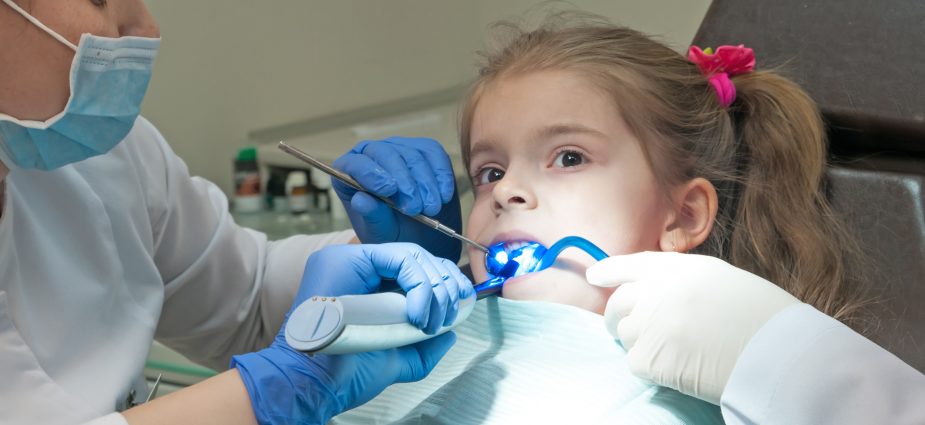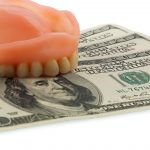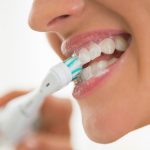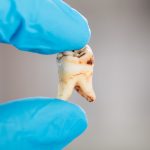Dental Sealants
Medically Reviewed by: Mike Malone, DDS

In the history of tooth decay prevention, two breakthroughs stand out: fluoride and sealants. Dentists learned that balanced fluoride treatments could help defend the teeth against decay, and that the application of sealants could further offer protection for the teeth.
For more than 30 years now, sealants have offered a protective plastic coating that covers the surfaces of teeth to help prevent tooth decay.
Tooth Decay and Children
Because of their many bumps and grooves, the chewing surfaces of children’s teeth are highly susceptible to cavities. Debris and resulting bacteria may become lodged between the grooves of a child’s tooth. These grooves (called pits and fissures) may be more problematic for some children than for others.
Toddlers, children in cavity-prone years (aged four to 17) and adults all face the same pit and fissure problem. Premolars and molars have the most pits and fissures and are difficult for people of any age to reach with a toothbrush or dental floss. However, the application of sealants on the appropriate teeth can help prevent tooth decay for susceptible populations.
The Sealant Procedure
The dental sealant procedure is usually performed on baby teeth soon after they erupt, and is repeated at regular intervals over the years. Since the sealant is gradually lost through natural wear and tear of the teeth, the application must be repeated to remain effective.
First, your dentist will clean the teeth, dry them and apply a slightly acidic solution that is designed to help the sealant bond to the tooth surface. Then, each tooth is “painted” with a very thin layer of the sealant coating. Since the coating is clear or white, it blends easily with the natural tooth color.
Typically, your dentist will use a high-intensity curing light to harden the sealant after it has been painted on your teeth. They can last for many years, but they should be checked regularly and assessed for possible re-application.
It is important to note that sealants do not replace fluoride. Rather, they add to the benefits of fluoride, and may preserve teeth so that they do not decay or require more extensive dental procedures later on.
Cost
The cost of dental sealants is approximately $45 to $75 per tooth. Of course, this may be a small price to pay compared to the discomfort and cost associated with dental procedures that may become necessary if your teeth remain unprotected. Dental insurance will often cover the cost of dental sealants; however, this is dependent on the level of insurance you have. See your dentist about the advantages of sealants for your particular situation, and the out-of-pocket costs.
About the Reviewer
Mike Malone, DDS, FAGD, of Lafayette, La., is a past president of the American Academy of Cosmetic Dentistry. Dr. Malone is a member of the American Dental Association, the American Equilibration Society and the Pankey Alumni Association. He is the official cosmetic dentist for the Miss Louisiana USA and Miss Louisiana Teen USA pageants. Dr. Malone is a Fellow of the Academy of General Dentistry and has published numerous articles on cosmetic procedures. Learn more about Dr. Malone.






